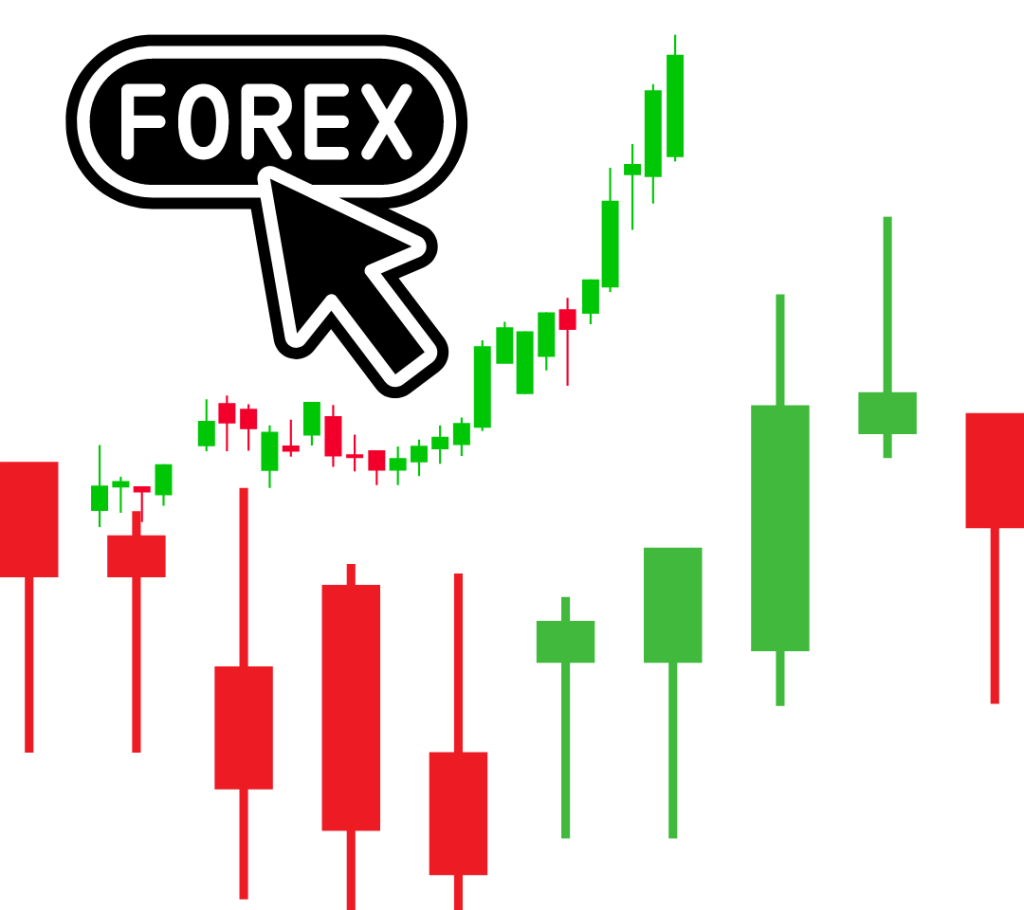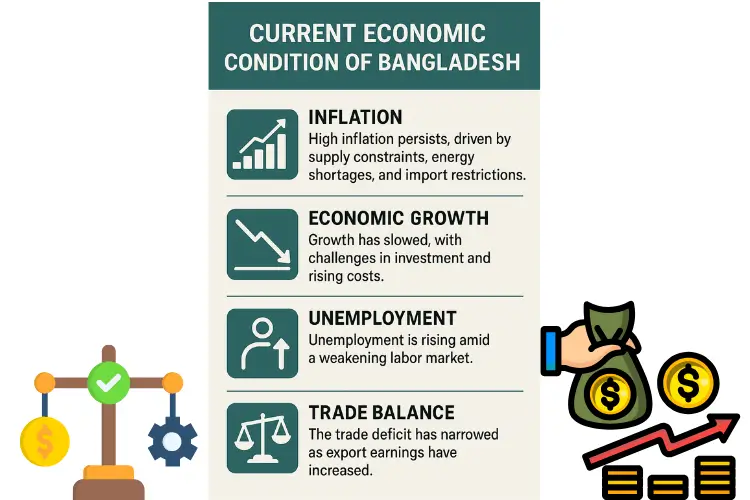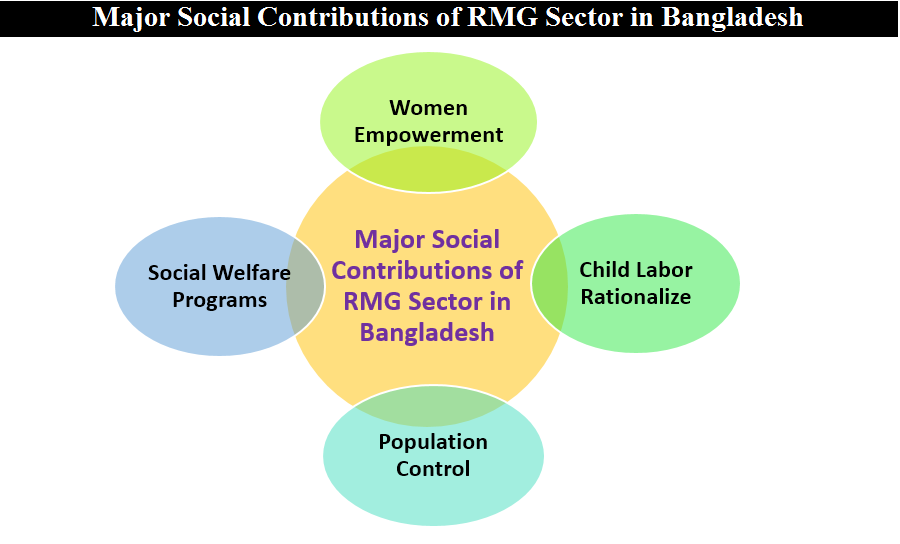Forex supply and demand trading is a popular strategy used by many traders to identify potential trading opportunities. It is a simple but powerful technique that involves analyzing the levels of supply and demand in the Forex market to make informed trading decisions. In this blog post, we will discuss the key steps involved in analyzing Forex supply and demand trading and there are plenty of tips available here too https://www.fundedtradingplus.com/forex-supply-and-demand.
By the end of this post, you will have a solid understanding of how to identify key levels of support and resistance, analyze the trend, and look for areas of imbalance between supply and demand in the Forex market. Whether you are a beginner or an experienced trader, this guide will help you to improve your trading skills and increase your chances of success in the Forex market.

What Is Forex Supply & Demand Trading?
Forex supply and demand trading is a popular trading strategy used by many traders to identify potential trading opportunities. In this strategy, traders use the concept of supply and demand to analyze the market and make trading decisions.
Here are some steps to help you analyze Forex supply and demand trading:
- Identify the key levels of support and resistance: The first step in analyzing supply and demand in the Forex market is to identify key levels of support and resistance. Support and resistance levels are areas on a chart where price has historically bounced off or stalled, indicating that there is a significant amount of buying or selling pressure at that level. Identifying these levels can help you determine where supply and demand are likely to be present.
- Identify the trend: The trend is another important factor to consider when analyzing Forex supply and demand trading. The trend is the general direction that the market is moving in, and it can have a significant impact on the supply and demand levels in the market. For example, in an uptrend, demand is likely to be higher than supply, while in a downtrend, supply is likely to be higher than demand.
- Identify areas of imbalance: Once you have identified key levels of support and resistance and the trend, the next step is to look for areas of imbalance between supply and demand. These areas are characterized by a significant shift in the balance of buying and selling pressure, indicating that there is either a shortage or an excess of supply or demand in the market.
- Look for confirmation: To confirm your analysis of supply and demand, it is important to look for other technical indicators or patterns that support your analysis. For example, you might look for price action patterns such as engulfing candles or doji candles that indicate a reversal in the trend or a shift in supply and demand.
- Develop a trading plan: Once you have analyzed the market using the supply and demand strategy, you can develop a trading plan based on your analysis. This might include setting entry and exit points, setting stop-loss orders, and determining your position size.
How to identify key levels of support and resistance in forex market
Identifying key levels of support and resistance is a crucial first step in analyzing Forex supply and demand trading. Support and resistance levels are areas on a chart where the price has historically bounced off or stalled, indicating that there is a significant amount of buying or selling pressure at that level.
To identify these levels, traders can look for areas where the price has previously reversed, formed a double top or double bottom, or where moving averages have intersected. By identifying key levels of support and resistance, traders can better understand where supply and demand are likely to be present in the market, and make more informed trading decisions.
How to analyze the trend in Forex market
Analyzing the trend is an essential step in Forex supply and demand trading. The trend is the general direction that the market is moving in, and it can have a significant impact on the supply and demand levels in the market. To analyze the trend, traders can use technical indicators such as moving averages, trend lines, or the Ichimoku Cloud.
Traders can also look for patterns such as higher highs and higher lows in an uptrend, or lower highs and lower lows in a downtrend. Understanding the trend can help traders determine the overall direction of the market, and identify potential trading opportunities that align with the trend. By analyzing the trend in combination with key levels of support and resistance, traders can make more informed trading decisions and increase their chances of success in the Forex market.
How to look for areas of imbalance between supply and demand in the Forex market
Looking for areas of imbalance between supply and demand is another crucial step in analyzing Forex supply and demand trading. These areas are characterized by a significant shift in the balance of buying and selling pressure, indicating that there is either a shortage or an excess of supply or demand in the market. To identify these areas, traders can look for patterns such as bullish or bearish engulfing candles, doji candles, or price gaps. Traders can also use technical indicators such as the Relative Strength Index (RSI) or the Moving Average Convergence Divergence (MACD) to identify areas of overbought or oversold conditions. By identifying areas of imbalance between supply and demand, traders can find potential trading opportunities that offer a high probability of success.
Summary
Overall, analyzing Forex supply and demand trading can be a powerful tool for identifying potential trading opportunities. By identifying key levels of support and resistance, analyzing the trend, and looking for areas of imbalance between supply and demand, you can make more informed trading decisions and increase your chances of success.


